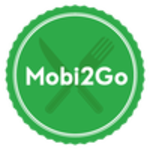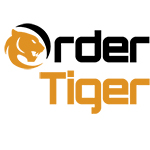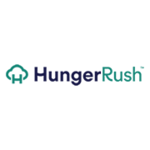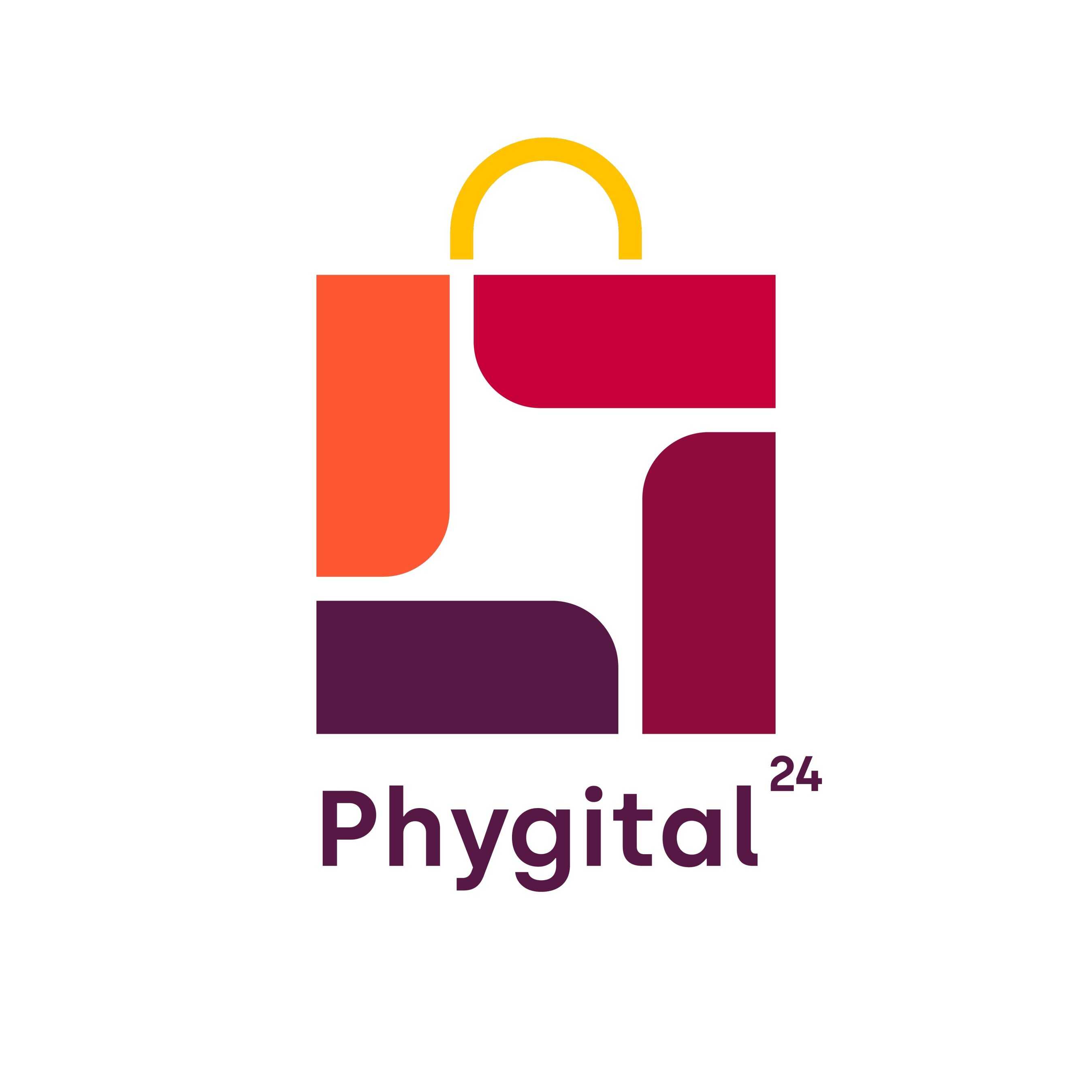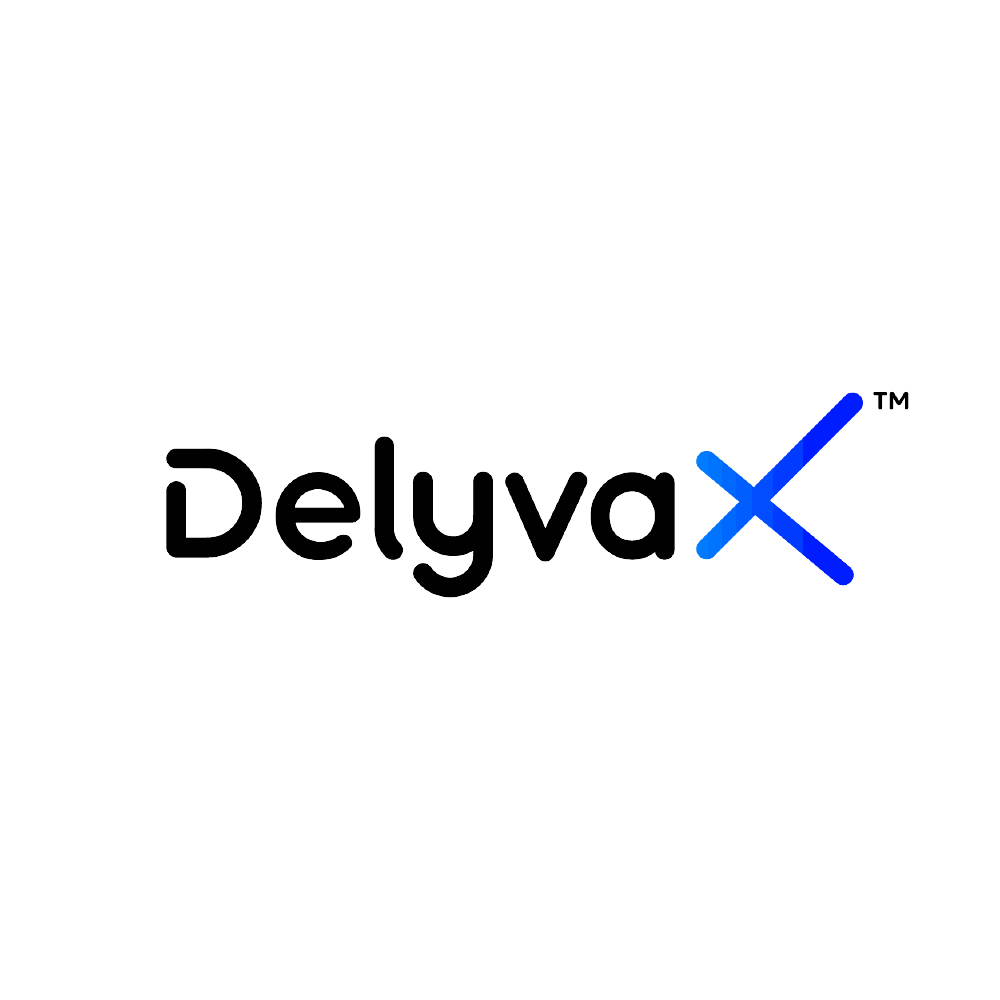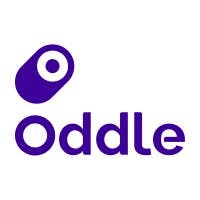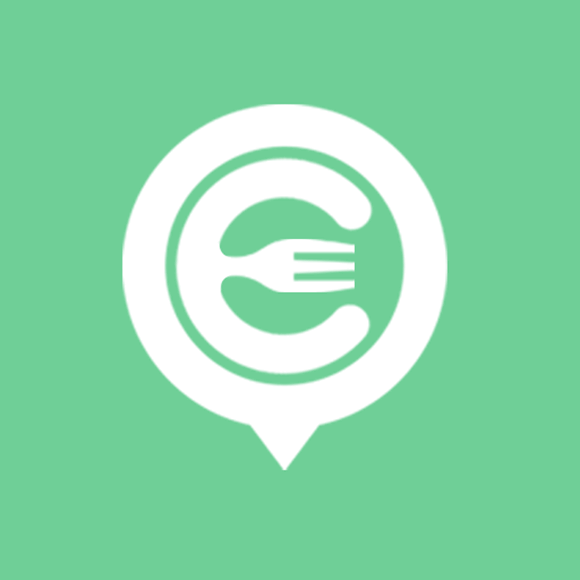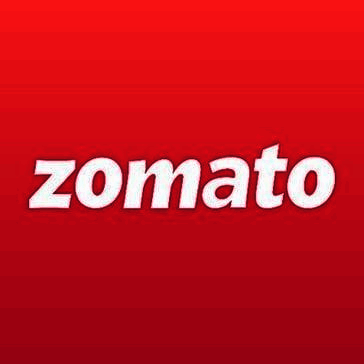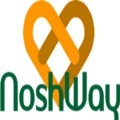What Is Food Delivery Software?
Food delivery software is a technological solution that allows restaurants, food enterprises, and delivery service providers to automate the process of accepting, managing, and delivering orders to clients. This sort of software includes a variety of features and capabilities to assist businesses in successfully managing their food delivery operations and providing a seamless experience to their clients.
From online ordering and tracking to route planning and payment processing, food delivery software is intended to improve the entire delivery process from beginning to end. With the advent of food delivery services and an increased need for convenience, having the proper software may help businesses gain a competitive advantage and drive growth. In this buyer's guide, we'll look at the essential features and factors to consider when selecting the finest food delivery software for your business.
What Are The Recent Trends In Food Delivery Software?
The food delivery industry has expanded significantly in recent years, creating a demand for efficient and dependable software solutions. As a result, food delivery software has evolved to meet the changing demands of both businesses and customers.
we'll go over the latest trends in food delivery software to help you make an informed purchase decision for your business.
1. Contactless Delivery: The COVID-19 epidemic has hastened the implementation of contactless delivery, which allows customers to receive their food without physical contact. To help with this, food delivery software now incorporates features like contactless payments and delivery tracking, which reduce the danger of exposure for both customers and delivery people.
2. Integration With Third-Party Platforms: With the increasing popularity of meal delivery services, many restaurants and businesses are expanding their reach by collaborating with third-party platforms. As a result, meal delivery software now integrates with various platforms, streamlining operations and expanding client reach.
3. Artificial Intelligence: Artificial intelligence (AI) has transformed the food delivery industry, improving efficiency and minimizing errors. Food delivery software now makes use of AI technology for activities such as predicting delivery times, optimizing routes, and making personalized suggestions to clients.
4. Real Time: Tracking Customers now expect real-time updates on their meal delivery status, and food delivery software has responded to this need. Real-time monitoring enables businesses to monitor their delivery operations and provide accurate delivery time predictions to their clients.
5. Customized Menus: Food delivery software now allows customers to design customized menus depending on their tastes. This feature enables businesses to deliver individualized recommendations to clients, hence improving the entire customer experience.
6. Cloud-Based Solutions: Cloud-based meal delivery software has grown in popularity due to its flexibility and low cost. It enables organizations to handle orders, track delivery, and access real-time data from any device, increasing operational efficiency and scalability.
Benefits Of Using Food Delivery Software
Food delivery software has become a game changer in the rapidly expanding food business. With the rise of online food ordering, food delivery software has changed how customers engage with restaurants and food enterprises. Food delivery software benefits restaurants, food delivery businesses, and customers by improving the ordering and delivery processes.
Here are some of the main advantages of employing food delivery software:
1. Increased Efficiency And Cost Savings: Food delivery software streamlines the entire process, from order administration to delivery tracking. This reduces the need for manual labor, lowering the risk of errors and delays. Restaurants and food delivery firms can save time and costs by automating certain processes, allowing them to focus on other aspects of their operations. In the long run, this can lead to significant cost savings.
2. Improved Customer Experience: Food delivery software enables customers to place orders from the comfort of their own homes or offices, making the entire process more easy. Customers may also use the software to track their orders in real time, giving them more control and transparency. Furthermore, some software incorporates capabilities like pre-ordering and delivery scheduling, which give customers additional options and a better overall experience.
3. Increased Revenue And Sales: By making food ordering and delivery more accessible and efficient, food delivery software can boost sales for restaurants and meal delivery services. The program also allows for simple menu customization, upselling, and cross-selling, which increases the potential for revenue. Furthermore, with features like customer loyalty programs, food delivery software can help maintain existing customers while attracting new ones, resulting in revenue growth.
4. Improved Data Management: Food delivery software offers tools for data management and analytics. Restaurants can obtain significant insights into their business by collecting and analyzing data on customer orders, preferences, and feedback. This information can also be utilized to generate focused marketing efforts, which improves client engagement and retention.
5. Seamless Integration: One of the most important features of food delivery software is its ability to interact with various systems and platforms. This provides for a smooth flow of data and information, lowering the possibility of errors and increasing overall efficiency. For example, the software can be integrated with POS systems, inventory management tools, and online payment gateways, allowing firms to better manage their operations.
Important Factors To Consider While Purchasing Food Delivery Software?
Because it expedites the ordering process, boosts productivity, and eventually results in a better customer experience, food delivery software has emerged as a crucial tool for eateries and food delivery companies. But with so many options on the market, it can be difficult for consumers to select the best software for their particular requirements.
The following crucial elements should be taken into account when buying food delivery software in order to assist you in making an informed choice:
1. Ordering And Delivery Functions: The software's ordering and delivery functions should be taken into account first. It should allow many order types (such as delivery, takeout, and dine-in), have an intuitive user interface, and offer real-time delivery tracking. It should also have the ability to integrate with various distribution systems and provide customization options to represent the identity of your brand.
2. Menu Management: A successful food delivery service depends on maintaining and updating its menu. As a result, the program ought to provide an intuitive menu management system that enables fast modifications. Along with having the ability to upload images and descriptions for every item, it should also support a number of languages.
3. Payment Options: Consumers in the current digital era favor safe and easy ways to make payments. Seek out software that accepts a number of payment options, including internet banking, mobile wallets, and credit/debit cards. To safeguard client information, it should also provide a strong and safe payment channel.
4. Customer Relationship Management (CRM): To handle client information and communications, a quality food delivery app should feature a CRM system. Feedback, preferences, and order history are all included in this. It can assist you in comprehending the wants of your clients and offering a customized experience, which will boost client loyalty.
5. Data Analytics: Information is vital to any organization, and the food delivery industry is no exception. Analytics tools should be integrated into the program to monitor important parameters like sales trends, popular items, and order volume. You can use this information to plan for the future and make well-informed decisions.
6. Customer Support: Technical problems and software bugs are unavoidable. In the long run, having dependable customer service from the software vendor can save you both money and time. Choose software that has a committed staff to help you right away and provides 24/7 support.
7. Scalability: You could need to extend your operations and provide your software new functionality as your company expands. As a result, selecting software that is scalable and capable of handling updates and modifications without causing significant disruptions is essential.
What Are The Key Features To Look For In Food Delivery Software?
You should take into account a number of important factors while looking for food delivery software to make sure you are selecting the best option for your company. The effectiveness and success of your food delivery business can be greatly impacted by these features.
1. The Ability To Order And Pay Online: Accepting online orders and payments is a crucial component of food delivery software. Customers may place orders more quickly and conveniently from the device of their choice thanks to this. To make online buying convenient for both your clients and your company, look for software that provides an easy-to-use and adaptable system.
2. User-Friendly Interface: Your food delivery software should have an easy-to-use interface that makes it simple for clients to place orders and for your employees to handle them. An intricate and perplexing user interface may result in mistakes and irate clients, which may cost you revenue.
3. Real-Time Notifications And Tracking: Customers anticipate being able to follow the progress of their meal delivery in real-time. For both your employees and clients, look for software that provides real-time tracking and notifications. This will avoid misunderstandings or delays in the delivery process and keep everyone updated.
4. Delivery Management Tools: To help you effectively plan and assign deliveries, track drivers, and view delivery routes, food delivery software should have strong delivery management features. By guaranteeing on-time delivery, this feature not only expedites your workflow and saves time, but it also raises client satisfaction.
5. Inventory Management: You must be well-aware of your inventory levels and ensure that your menu is updated appropriately if you want to operate a profitable food delivery business. To keep track of your stock levels, look for software that has inventory management features, like automated alerts when things are running low.
6. Integration With Point Of Sale (POS) Systems: It's critical to select food delivery software that can easily interface with your existing POS system if you have one. This reduces errors and saves time by enabling a more accurate and seamless ordering and payment procedure.
7. Customizable Menus And Delivery Zones: You should be able to alter your menus, rates, and delivery zones in order to suit your company's requirements using your food delivery software. As your business expands or changes, you can easily modify your delivery areas and update your menu in real-time using this functionality.
8. Customer Database And Loyalty Programs: Take into account software that provides a customer database and loyalty programs to keep your customers coming back. This enables you to provide loyalty discounts or rewards and track client data, such as past orders, preferences, and contact details.
Why Do Businesses Need Food Delivery Software?
Customers now demand efficiency and convenience in all area of their lives, including food delivery, in today's fast-paced, technologically advanced society. Businesses are under more and more pressure to provide their clients with the same degree of accessibility and convenience as meal delivery services like Uber Eats and Grubhub. Software for meal delivery is useful in this situation.
This software, which was created especially for the food sector, makes ordering and delivery more efficient while giving them the resources and technology they need to satisfy the needs of contemporary customers. Remaining competitive and relevant in the industry is one of the main reasons organizations need food delivery software. Businesses who do not adjust run the danger of falling behind their more technologically sophisticated rivals as online ordering and delivery become increasingly popular.
Additionally, food delivery software makes it easier for customers and businesses to place orders. Businesses may improve the overall client experience by providing services like order tracking and payment alternatives together with an intuitive user interface. Additionally, food delivery software helps companies reach a larger audience and draw in more clients.
Businesses can reach a wider audience and grow their clientele beyond their physical location by establishing an online presence and providing delivery services. Furthermore, food delivery software can automate some processes, such inventory control and order alerts, which lessens business workloads and boosts productivity.
In addition to lowering human error, this can increase order processing and delivery speed and accuracy. Moreover, food delivery software offers useful information and insights that companies may utilize to guide their decision-making. Businesses can adjust their menus, prices, and marketing tactics to better suit the needs of their clientele by examining sales statistics, order trends, and consumer preferences.
How Much Time Is Required To Implement Food Delivery Software?
The size of your company and the particular solution you select will determine how long it takes to integrate food delivery software. The implementation procedure typically takes a few days to a few weeks to complete. Choosing an appropriate solution that fits your company's demands is the first step in putting food delivery software into practice. This may entail investigating various suppliers, contrasting features and costs, and coming to a conclusion.
The next step after selecting a software solution is to configure and personalize it for your company. Setting delivery zones, selecting menu items, and interacting with your current systems—like payment processing and customer databases—can all be part of this. Depending on the software's features and the intricacy of your company's operations, the actual setup and customization procedure may take a few days to a week.
You must teach your employees how to use the program efficiently after it has been set up. This may entail setting up user accounts, offering instructional resources, and holding practical training sessions. Depending on how many employees you have and how tech-savvy they are, the entire training process may take a few days to a week. Lastly, you may begin using the software for your food delivery business when it has been configured and your employees have received training.
Fully integrating the software into your company's processes and resolving any potential initial problems could take some time. This procedure shouldn't take more than a few weeks, though, if the software vendor provides adequate training and assistance. When compared to other software implementations, the overall implementation time for food delivery software is quite short.
You can quickly get your new food delivery software up and running to improve customer satisfaction and streamline operations with proper planning and software vendor support.
What Is The Level Of Customization Available In Food Delivery Software?
Numerous customization possibilities are available in food delivery software to accommodate the distinct requirements and tastes of various meal delivery companies. When selecting a food delivery software, customization is an important factor to take into account because it enables companies to modify the program to meet their unique needs and optimize their processes for optimal effectiveness.
Depending on the vendor, different meal delivery software may offer varying degrees of flexibility. Nonetheless, a variety of customized capabilities, such as menu design, order administration, delivery tracking, and customer relationship management, are available in the majority of food delivery software packages. In order to satisfy the unique requirements of the company, certain software also enables the integration of third-party systems, including accounting or inventory management.
Creating a distinctive and customized experience for clients is one of the main advantages of customizing food delivery software. This comprises color palettes, logos, and other visual components that represent the restaurant's identity and support brand awareness. Businesses can also establish their own delivery zones, establish shipping costs, and develop unique promos and discounts thanks to customization capabilities.
This degree of adaptability is particularly advantageous for companies that have several locations or that provide varying degrees of price and service. Additionally, food delivery software provides analytics and reporting customization possibilities, enabling companies to monitor important performance metrics and gather useful information for well-informed decision-making. Businesses can arrange and display data in a way that makes sense for their unique requirements and objectives by customizing reports and dashboards.
Which Industries Can Benefit The Most From Food Delivery Software?
The growth of online meal ordering and delivery services has led to a boom in the food delivery sector. Because of this, a lot of cafés, restaurants, and other food businesses are using food delivery software to increase consumer reach and streamline operations. However, these companies are not the only ones who can gain from food delivery software. Actually, incorporating this software into their operations can have a significant positive impact on a number of sectors.
1. Cafes And Restaurants: It should come as no surprise that the main users of food delivery software are cafes and restaurants. meal delivery software makes it simple for cafes and restaurants to track deliveries, handle orders, and give clients real-time updates in response to the growing popularity of online meal ordering. This boosts customer happiness and loyalty by improving the customer experience in addition to increasing operational efficiency.
2. Supermarkets And Grocers: Grocery and supermarket firms can also benefit greatly from food delivery software. These companies can serve clients who would rather have their groceries and other home goods delivered right to their door by putting this software into place. Customers now have an easy and time-saving alternative to going to the business in person thanks to this. Additionally, by using food delivery software, these companies may better control their inventory and lower the possibility of having too many or too little supplies on hand.
3. Services For Meal Kit Delivery: Opportunities for food delivery software have also increased as a result of the growth of meal kit delivery services, which allow consumers to receive pre-portioned materials and recipes to prepare meals at home. These companies may use the software to track delivery, handle orders, and create personalized food plans for clients. Additionally, it enables them to collect useful client information and offer tailored suggestions, improving the client experience.
4. Food Truck Enterprises: Food trucks have become more and more popular in recent years, and they can reach a wider audience by using food delivery software. Food truck companies can obtain orders from a larger clientele and offer them a simple pickup or delivery option by incorporating this software. Additionally, it enables them to manage inventory, keep tabs on sales, and optimize company operations while on the go.
5. Catering Firms: Food delivery software can also help catering businesses, particularly for big events like parties, corporate gatherings, and weddings. Bulk order management, delivery tracking, and prompt, effective service are all made possible by this software. Catering businesses can effortlessly handle and monitor their payments with integrated payment alternatives, lowering the possibility of human error and guaranteeing on-time payments.
Conclusion
In conclusion, a number of criteria need to be carefully considered when selecting the best food delivery software for your company. Prior to selecting a choice, it is critical to evaluate your unique requirements, financial constraints, and the features offered by various software solutions. A user-friendly interface, functionality that can be customized, and smooth connection with your current systems are all important considerations when comparing software options.
Additionally, take into account the software's order processing, delivery tracking, and data analytics features to enhance your business operations. Additionally, to guarantee a seamless implementation process and continuous technical support, make sure to assess the provider's customer service and training offerings.
You may improve customer satisfaction, boost productivity, and streamline operations by carefully assessing and selecting the best food delivery software for your company. We hope that this buyer's guide has given you useful information to help you decide.


